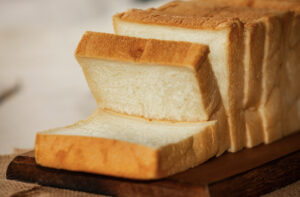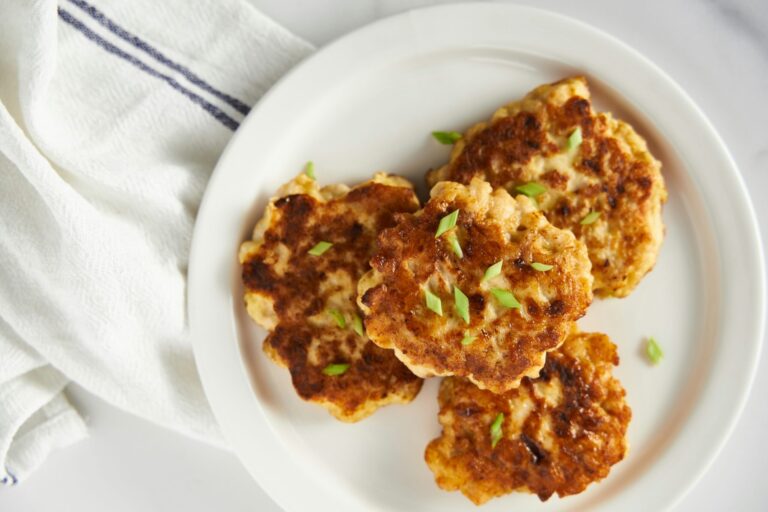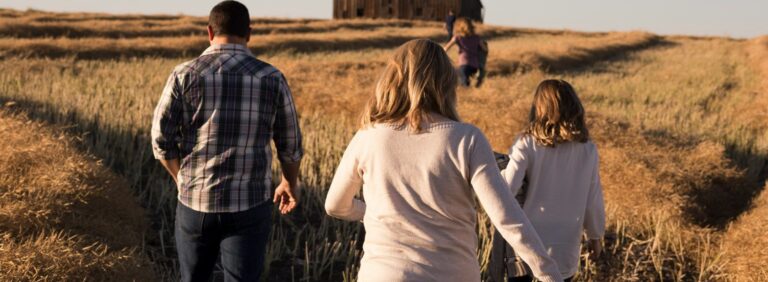…and how to use them up the right way!
With food prices on the rise, Kiwis are looking for ways to make the most of their grocery shop. These simple tips can help you both reduce food waste and save dollars.
The Kantar New Zealand Food Waste Survey completed in April 2022 found that New Zealanders waste about 100,000 tonnes of good, edible food per year. This is a huge amount of organic matter going into landfill, where it rots and produces methane gas, contributing to climate change.
It is also a whole lot of money down the drain for individual families, with the study estimating that the average household wastes about $1520 per year on food that never makes it to the table.
Some organisations such as KiwiHarvest are working to redirect excess food from growers, manufacturers, and businesses to places where they are needed most, such as foodbanks.
While this is a great way to reduce waste on a supply level individual families have a part to play too – especially in the current climate where many are struggling to put food on the table. The good news is there are some simple ways to ensure your lettuce doesn’t go slimy and your bread mouldy before you have had a chance to put together your BLT.
Tip 1: Save your loaves!
Bread is the number one most wasted food item in New Zealand. So how do we stop it from going bad? The easiest answer is to store it in the freezer. It’s simple to grab a couple of slices of frozen bread as you need it. It defrosts quickly on the bench, with 15-20 seconds blast in the microwave, or by using the defrost option if you’re making toast.
This way you can also make use of sales, stocking up on a couple of loaves of your favourite brand and having it ready in the freezer as you need it.
Extra bread tip: If you (or a small someone in your house) are not a fan of crusts and end slices, cook these bits in the oven until they’re dry and then blitz them in the blender for 30 seconds or so. It’s that easy to make handy homemade breadcrumbs.

Tip 2: Eat your greens (and oranges and yellows and reds).
One third of all household food waste in New Zealand is uneaten fruit and vegetables – produce that has gone bad before anyone has had a chance to gobble them.
When shopping for fresh produce it’s best to have meals in mind. While that eggplant might spark inspiration in the store, be realistic about whether you have time to create your delicious parmigiana this week.
It can also help to have your vege bins sorted according to what needs to be eaten first, so you don’t discover old forgotten carrots when it’s too late. Rinse lettuce and other leafy greens and keep them in a stainless steel or glass container with a lid too. This will make them last far longer than if you leave them in the bag. Keeping them ready-to-eat like this may also inspire you to use them more often.
Tip 3: Be a stink mum or dad when it comes to lunchboxes.
How many uneaten sandwiches and bruised pieces of fruit have you thrown out from your children’s lunchboxes over the years? A simple household rule can reduce this waste stream: if there is leftover food in the lunchbox this must be eaten after school before any other snacks are allowed. Of course, exceptions can be made for truly ruined lunches but, overall, this should stop your kids from ignoring their sandwiches at school.
Pro parent tip: Sometimes slightly bruised fruit or stale-ish sandwiches can be spruced up and presented on a plate to make them look more appealing. Chop those dry crusts off and slice that apple and you may find they are more receptive to eating it!
Tip 4: Prioritise your leftovers.
Yes, you may not feel like eating that spaghetti again for a second night. However, if you make too much of something it’s best to use it the next day before it becomes a ‘questionable leftover’. In the case of bolognese, switch it up by adding some fresh tomato and olives. Too many roast veges? Try cooking them up with some stock and blending for soup.
Of course, depending on the leftovers, it can also be great to utilise the freezer when you’ve got excess. Just make sure you label well with date and type of meal, or you may simply wind up delaying the meal’s final destination: (he bin).
Tip 5: Have your cake (and eat it too).
One perhaps surprising item on ‘New Zealand’s Most Wasted’ list is cake. That’s right, those big, beautiful, and delectable cakes we make (or buy) with love are, quite often, at least partially bin fodder.
Try to keep cakes to a guest-proportionate size to reduce the amount that ends up in the bin. Also, make your slices smaller. Children (and some ill-mannered adults) will sometimes eat just the top bit of the slice with the icing. If this is a large slice it can lead to massive waste.
If there are leftovers, send slices home with guests and use them in lunchboxes. If there’s really too much to get through, freeze it for a rainy day.

And what is the best thing to do with scraps and wasted food?
Of course, despite your best efforts, there is likely to still be some food waste coming from your household. To make the most of this and feed the soil on your property, try composting or starting a worm farm. It’s simple and easy to feed your scraps to a compost bin or to some hungry little wrigglers –and your vege garden will thank you for it.
Even if you don’t have a vege garden, check out Sharewaste to see if there is someone in your neighbourhood who would be happy to take your scraps.
Or, depending on your area, check for other organisations who might help out by giving your waste a good home. Many councils have started organic waste collection for individuals. This is a great step to reduce food waste city wide. Although, of course, it is always better not to waste it in the first place!



